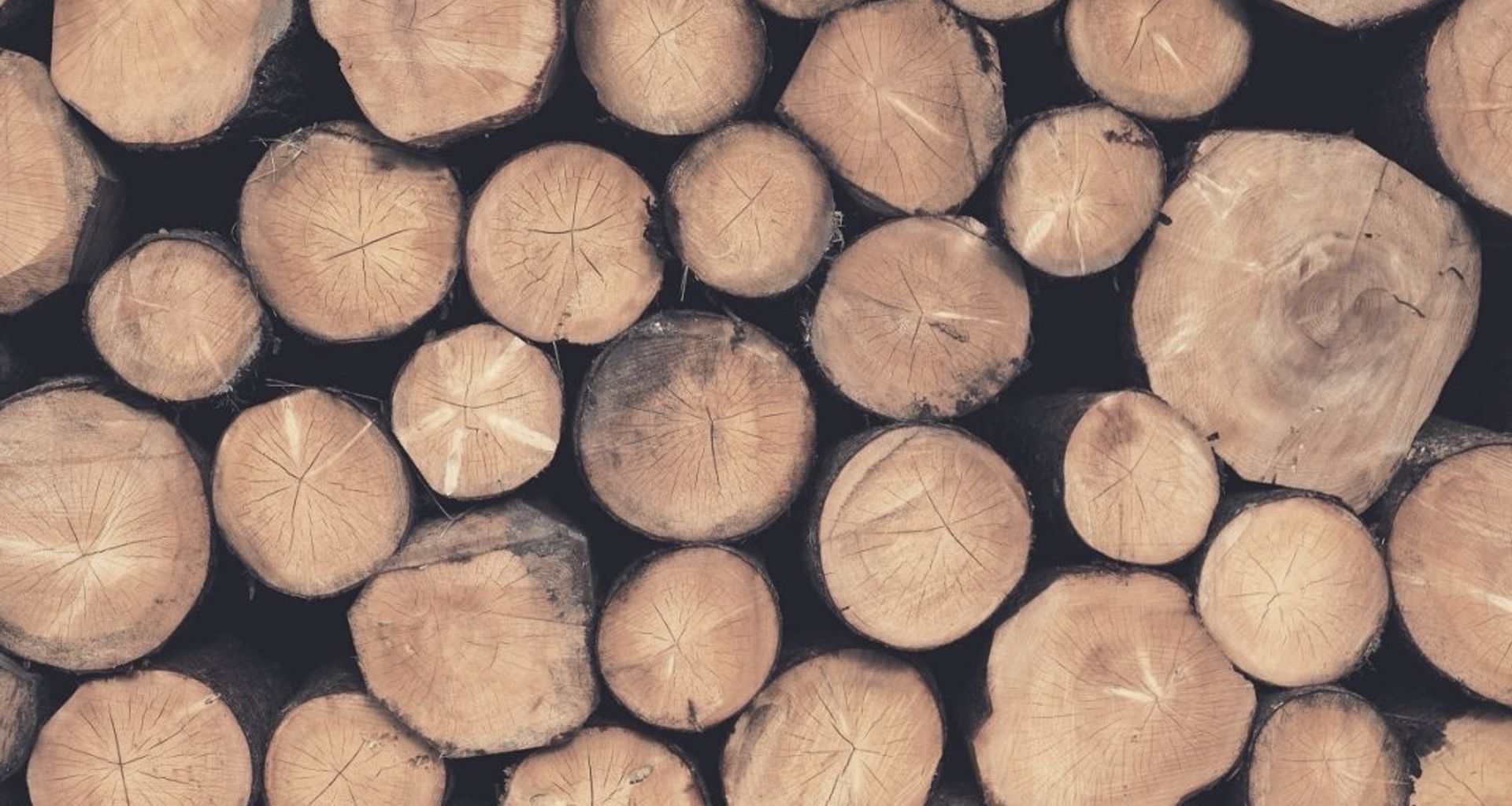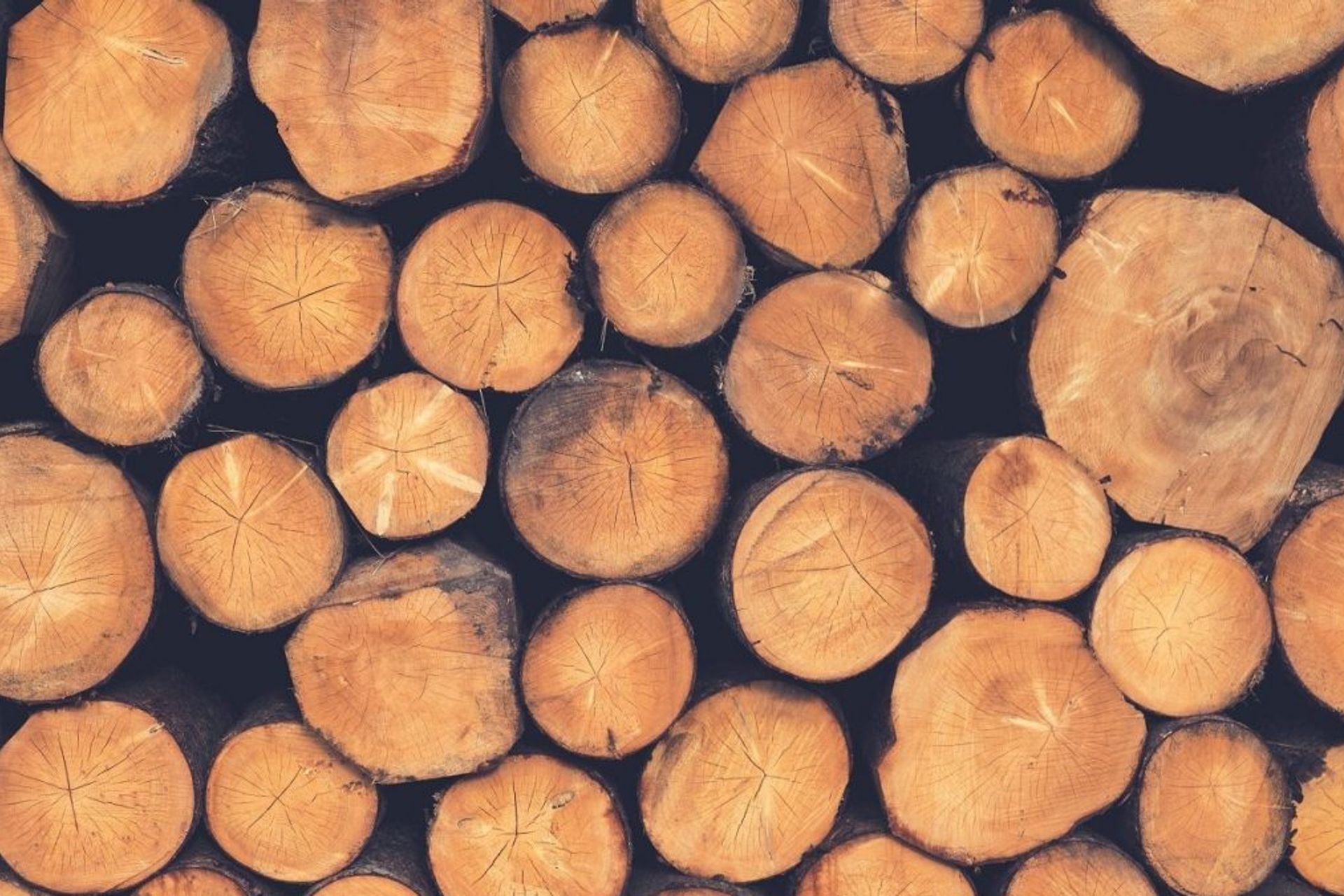What is the difference between American Oak or European Oak Flooring?

If you are looking to invest in either an American oak or a European/French oak floor, it will leave you with a result that is likely to last more than a lifetime. For which reason its important to know which Oak best suits your design aspirations and budget.
Oak is the staple of the lumber industry, by far the most popular specie and most widely utilized in our culture. Its presence in our daily lives goes unnoticed to most, yet it is everywhere. Designers and Architects who specify wood flooring, veneers or cabinetry on projects are intimately familiar with Oak.
The allure and interest surrounding true European Oak, most of which comes from France or Germany, has an interesting explanation.

We’ve noted here the significant differences that make European Oak such a rich product in design and functionality.
- Species and origin – European Oak is a temperate hardwood native to most of Europe and is, in fact, the same species as English Oak. American Oak is also a temperate hardwood predominantly found in Eastern North America. Both species are classed as “white” oaks and have been known to live for several hundred years. We source our European Oak from sustainably managed forests in North Europe. The United Kingdom, unfortunately, does not have the same replanting policy as our overseas counterparts and therefore we cannot (and do not) supply English Oak.
- Movement of boards – it is well known amongst experienced floor layers that the hardness of European Oak means the European variety is less likely to expand and contract to the extent of American Oak. This ensures a floor once laid shows no splits, cracks or minimal signs of movements over its lifetime.
- Colour tone – Although both oaks are similar in tone, European Oak generally tends to be a little darker than American Oak. European Oak is a warm golden, honey colour whereas American Oak is subtly lighter with pinkish tones.
- Variation in tone – As timber is a natural product the tone varies from board to board (this is the beauty of a natural solid oak floor). On the whole European Oak has a more even colour tone from board to board than American Oak which can show greater differences between light and dark shades.
- Grain pattern – European Oak tends to have a distinctive, wavy grain pattern with scatterings of pip and burr. American Oak tends to have a straighter, subtle grain pattern. Expect more character with a European Oak Floor.
- Finishing options – European oak lends itself particularly well to different finishing options. American Oak is generally prefinished or site finished with a polyurethane finish. Polyurethane over time will need to be refinished usually by sanding off the original layers of poly and then re-applying a new polyurethane finish. This is both a timely and costly procedure.French Oak on the other hand is often finished with a natural oil finish. An oil finish penetrates the wood fibres to harden them while not altering the natural beauty of the wood. With no visible film on the surface, oiled floors are distinguishable by their Old World elegant patina. They are easy to care for and are repairable. An oiled floor never needs to be sanded, only regular applications of a maintenance oil are necessary to nourish the wood and bring the lustre back.
- Fuming – This is a chemical process in which we darken the tannins in the timber. European Oak fumes very well, giving a lovely rich, dark, almost walnut colour. American Oak can also be fumed but the results are less consistent.
Irrespective of which option you choose, your flooring supplier should be able to reassure you that the wood has come from a sustainable source and satisfies all your requirements.
To discuss your specific needs for your project, contact our team today: T 0800 119 388, email info@vidaspace.co.nz
